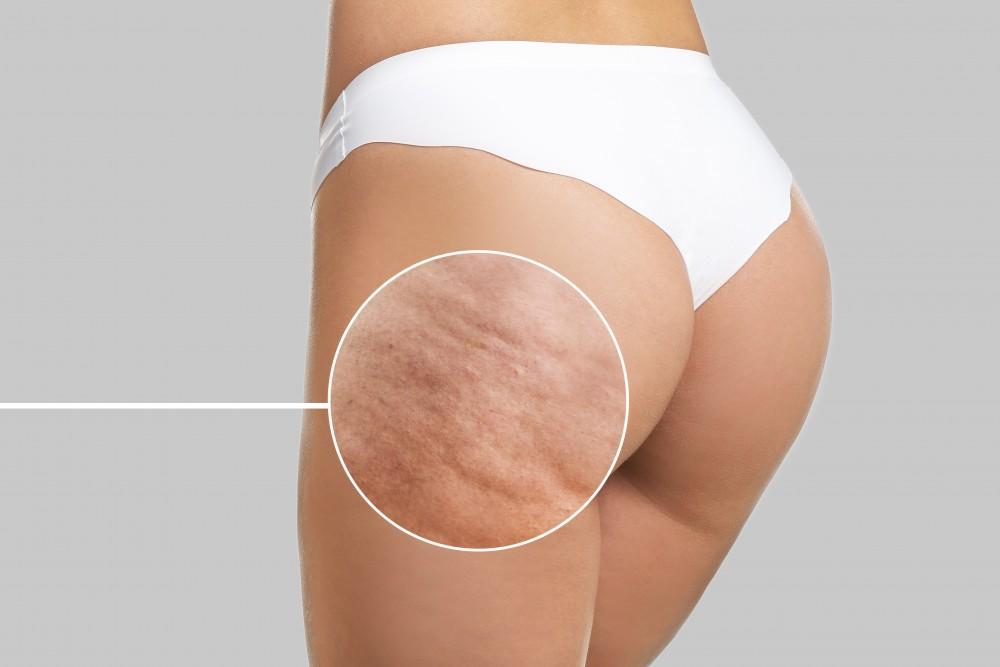Cellulite, often seen as a common cosmetic concern, affects many individuals regardless of age, gender, or body type. Despite its prevalence, there’s often confusion about what causes cellulite and how it develops. In this blog, we will dive into the intricacies of cellulite, exploring when and how it develops, the factors that contribute to its appearance, and practical steps to manage it effectively.
What Is Cellulite?
Before delving into its development, it’s crucial to understand what cellulite is. Cellulite is the dimpled or lumpy appearance of skin, most commonly found on the thighs, buttocks, and abdomen. It occurs when fat cells beneath the skin push against connective tissue, causing the skin to pucker and create the characteristic texture.
The Role of Genetics
Genetics play a significant role in whether or not an individual will develop cellulite. If your family has a history of cellulite, you may be more predisposed to it. This genetic predisposition can influence factors like skin thickness, metabolism, and the distribution of fat beneath the skin.
Hormonal Changes
Hormonal changes, particularly those associated with puberty, pregnancy, and menopause, can contribute to the development of cellulite. Hormones like estrogen are known to influence fat storage and connective tissue strength. As hormone levels fluctuate, it can lead to changes in fat distribution and the appearance of cellulite.
Lifestyle and Diet
Unhealthy lifestyle choices and poor dietary habits can exacerbate cellulite development. Diets high in processed foods, sugar, and saturated fats can lead to weight gain, which in turn can increase the visibility of cellulite. Additionally, a sedentary lifestyle and lack of exercise can contribute to the weakening of connective tissue and muscle tone.
Age and Collagen Production
As we age, our bodies naturally produce less collagen, a protein that helps maintain skin elasticity. Reduced collagen production can result in thinner skin and weakened connective tissue, making it easier for fat cells to protrude and create cellulite.
Weight and Cellulite
While cellulite is not exclusive to overweight individuals, excess weight can make its appearance more noticeable. Weight gain can lead to an increase in the size of fat cells, making them more likely to push against the connective tissue, causing dimpling.
How and When Cellulite Develops
Cellulite often develops gradually over time. It typically becomes more noticeable in adulthood and may worsen with age. It is more common in women than men due to differences in fat distribution and connective tissue structure.
Can You Prevent Cellulite?
While it’s challenging to completely prevent cellulite, there are steps you can take to reduce its development and appearance. Maintaining a healthy weight through a balanced diet and regular exercise can help. Staying hydrated and moisturizing your skin may also improve its overall appearance.
Effective Management and Treatment Options
If you’re looking to reduce the appearance of cellulite, various treatment options are available. These range from topical creams and massages to more advanced procedures like laser therapy and radiofrequency treatments. Consulting with a dermatologist or medical professional can help you explore the best options for your specific needs.
Cellulite is a common cosmetic concern that affects many individuals, often due to a combination of genetic, hormonal, lifestyle, and age-related factors. While it can be challenging to completely prevent cellulite, understanding its causes and development can help you make informed choices to manage and reduce its appearance. Embracing a healthy lifestyle, maintaining a balanced diet, and exploring treatment options with medical professionals can all contribute to a smoother, more confident you. Remember, cellulite is a natural part of the human body, and its presence does not define your worth or beauty.
Looking to reduce your cellulite? Check out Martha’s Healing Touch, a professional and sophisticated medical spa based in Pembroke Pines.


